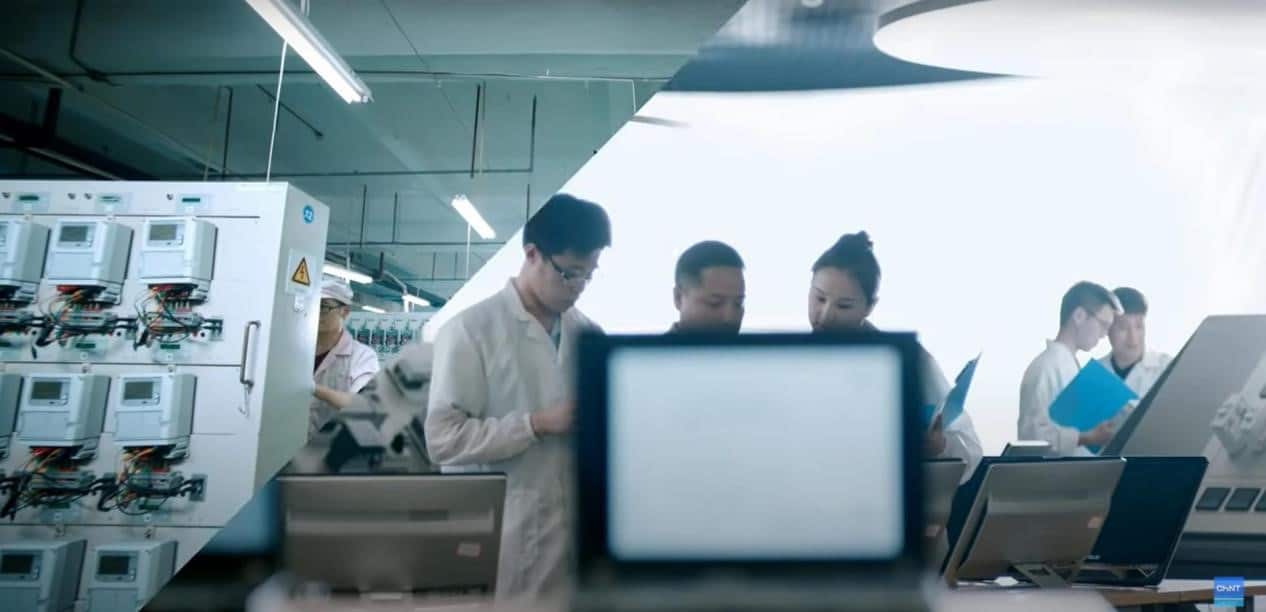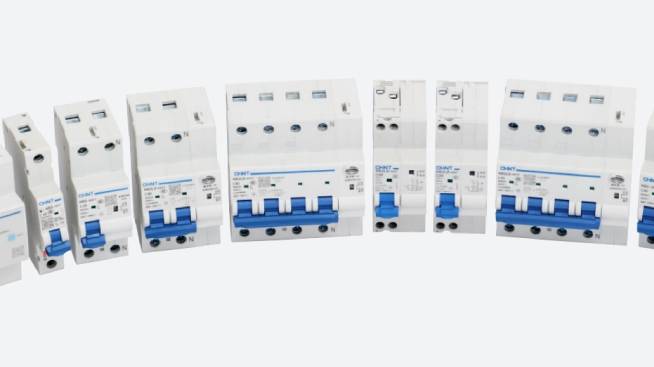Table of Contents |
Automated technology has enabled people to scale new heights of innovation and production. However, the current level of automation cannot be possible if scientists did not invest in the programmable logic controller (PLC). Continue to read this article to uncover the PLC meaning and its applications:
What is a PLC?
A programmable logic controller (PLC) is a digital computer used to automate typically industrial electromechanical processes, such as machinery control on factory assembly lines, amusement rides, or light fixtures.
PLCs are used in many machines, in many industries. Programmable Logic Controllers were first developed in the 1970s and have become the world’s most widely used automation controllers.
What are the types of programmable logic controllers?
1. PLC Types Based on Size
Small [PLC]
A small [PLC] computer can control smaller machines such as conveyors and motors. It has less functionality than the other two classes of PLCs and contains enough memory to store ladder logic programs for monitoring local I/O devices.
They typically have serial communications ports configured to communicate with field actuators and sensors over RS-232 or RS-485 links. These devices may be purchased in separate modules to be fitted into existing control systems easily.
Some small PLCs are integrated into the controller in which they are used. These small PLCs have programming languages that usually only allow ladder logic programs to be created.
Medium [PLC]
A medium [PLC] is a computer that can control larger machines such as assembly lines and motors. It has more functionality than the other two classes of PLCs due to its large memory size, expanded communication ports, higher processing speeds, and additional input/output devices.
Examples of medium programmable controllers are digital-to-analog converters (DACS), serial communications ports configured to communicate with field actuators via networks or buses like Ethernet or DeviceNet, and analog input modules for local sensors configured to monitor physical parameters like pressure, temperature, and weight.
These machines have PLC programming languages that allow many different logic structures to be implemented for monitoring devices and controlling machines.
Large [PLC]
A large PLC is a computer that can control very large machines such as whole building blocks or power-producing turbines. It has more functionality than the other two classes of PLCs due to its high memory size, expanded communication ports, high processing speeds, and additional input/output devices.
Some examples of large programmable controllers are analog output modules for local actuators configured to monitor physical parameters like speed or torque output from motors connected to them, digital-to-analog converters (DACS), serial communications ports configured to communicate with field actuators via networks or buses like Ethernet or DeviceNet, and other peripheral devices.
These machines have programming languages that allow many different logic structures to be implemented for monitoring devices and controlling machinery.
2. PLC Types Based on Hardware Setup
Compact PLC
A compact PLC is a small, microprocessor-based controller designed to handle small automation tasks. It consists of a built-in programming language and an extensive, user-friendly set of instructions that simplify the type of coding needed for specific applications.
The primary components in a compact PLC include inputs, outputs, power supply, processing unit, and terminals or connectors that link with devices such as sensors and switches.
Compared to the central control units used with traditional process control systems, compact PLCs are smaller and more portable because they do not require high-voltage cables.
Modular PLC
A Modular PLC controller is a control system that uses programmable hardware components instead of the fixed-function controllers used in traditional manufacturing process control.
By allowing users to configure and reconfigure their controller as needed, modular PLCs save manufacturers money on the front end by easing installation and configuration requirements.
In addition, they can be switched out with upgrades or replacements easily, instead of being discarded when more advanced technology becomes available. That makes them attractive for high-growth companies planning to expand quickly into new markets.
3. PLC Types Based on Power Supply
PLCs can be divided into two main types depending on their power supply: those with a built-in power supply and those that require an external power supply. PLC without built-in power supply: These types of PLC do not have a built-in power supply, meaning they must be connected to an external power source such as batteries.
PLC with the built-in power supply: This type does have a built-in DC voltage DC24V or DC48V for the circuit inside the machine, so it will never need a separate battery or transformer.
These are more efficient because they do not need to use up space for a separate voltage conversion device and cut down on the number of components that can break.
What are programmable logic controllers are used for?
Power supply
The power supply is the main function of a PLC. The input to power supply controller will be in AC voltage, and output will be DC voltage. The AC voltage supplied by the utility company has a 50 Hz or 60 Hz frequency, depending on the country where it is used. Voltage supplied can vary from 110 V to 220 V AC in various countries.
The voltage supplied will be stepped down using a transformer to lower values. That is done to make it work with the industrial equipment. The PLC program has to control step-down transformers used for voltage conversion. Then, DC signals are obtained depending on the certain industrial requirement.
Another function of the power supply control unit is DC voltage regulation. DC regulated supply is used to provide a steady output which means that the load connected to this supply should have a constant value, regardless of input AC voltage fluctuations.
Input
The programmable logic controller receives data from sensors, or other devices which are connected to it called input modules. These are used to detect hazardous conditions. They can detect high temperatures, low water levels, and high pressure in a tank.
Processing
The controller performs two major functions here; it compares the received data with stored information and makes decisions based on these comparisons.
For example, if there is too much pressure in a tank, the controller can compare that information with another piece of data that tells it to release pressure. That is what happens when you see steam coming from a teapot.
Output
The programmable logic device sends out signals experienced by the outside world. For example, the flashing of light at an intersection or turning on a siren. It can also control speed or activate systems such as security alarms and temperature controls.
Programming device Part
Several programming devices are employed to troubleshoot, modify and enter a PLC program. In this case, the programming terminal components include PC and handheld-based devices.
A proprietary device connects to a PLC through a connecting cable in a handheld programming component. The device encompasses several keys which enable you to dump, edit and enter the code into the PLC. The handheld devices involve a small display for making instruction programmed to be visible.
Depending on the outputs and inputs, the PLC can help record and monitor run-time data, including operating temperature, machine productivity, generating alarms when the machine malfunctions, and automatically starting and stopping processes.
Conclusion
PLCs are robust and flexible control solutions that can be adapted to several applications. For instance, the CHINT products, including New energy and Automation, Building Equipment, Instruments and Meters, Power Transform devices, and Low voltage devices, use the Programmable Logic Controller.















